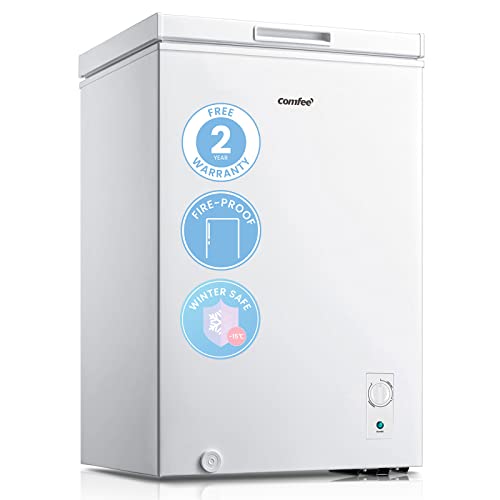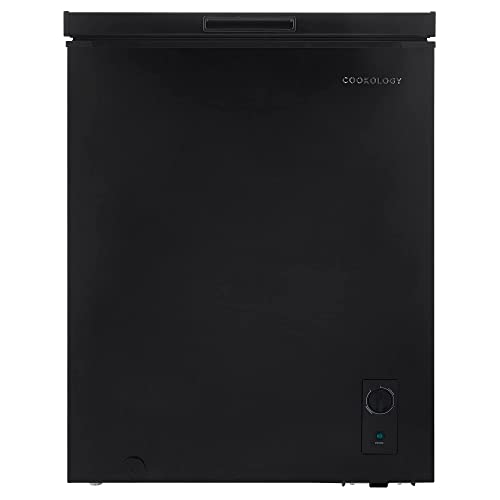Why All The Fuss About Fridge With Ice Maker?
페이지 정보
작성자 Torsten 작성일23-12-15 23:43 조회4회 댓글0건관련링크
본문
 Benefits of a Fridge With an Ice Maker
Benefits of a Fridge With an Ice MakerMany refrigerators include an ice maker that is installed in the door, or inside the freezer. This makes it easy to enjoy refreshing, cold water. These fridges are expensive, but they will save you from having to refill and clean Ice trays.
 The circuit in the icemaker sends current to an ice valve. The water flows into the mould and then freezes, forming cubes.
The circuit in the icemaker sends current to an ice valve. The water flows into the mould and then freezes, forming cubes.Convenience
One of the primary advantages of a fridge with an ice maker is that it saves your time. The ice maker will fill the trays for you, saving you time. The ice maker is typically activated when a sensor detects the level of water in the freezer. Once it reaches the proper temperature, the ice making process starts. A valve opens and a cooling device lets water flow into the molds for ice. A built-in thermometer monitors the ice and shuts the valve once it is frozen.
This is also helpful for those who entertain guests. This means that you will always have plenty of ice and can avoid the awkward moment when guests ask for more, only to find that you are out. There are refrigerators equipped with an icemaker with an ice maker inside the door. This makes it easy to serve water and get access to the ice without opening the under counter fridge.
Refrigerators that have ice makers are also more energy-efficient than traditional models. The ice-making system uses a small amount of electricity to operate, and because they are usually utilized for extended periods of time, this can result in a significant reduction in your energy bills.
If you're looking to save more money, you can opt for fridge one that does not have a cooling tower. These "direct cool" refrigerators have an ice maker. They use the same refrigerant to make ice as they use to cool your fridge. They are more efficient than conventional ice makers and can cut your energy consumption by up to 25 percent. This could help you save money on utility bills and reduce your carbon footprint.
Efficiency
Having an ice maker means that you don't have to waste time filling and freezing ice cubes. They also provide an ongoing supply of fresh ice that you can scoop into your cup or dispense out of the refrigerator. This makes them more convenient than fridges that require you to go inside the freezer to get an ice container from the storage bin.
Most refrigerators with ice makers are combination models that have an ice maker in the freezer section along with the traditional refrigerator compartment. There are also standalone fridges and freezers with the ice maker integrated into the door or the back of freezer.
The ice maker inside your refrigerator is usually powered by the main water supply for your home. A timed switch in the circuit transmits a short current down the electrical wires to the water valve. This opens the valve which then channels water into the molds for making ice. When the ice-making process is completed, the built-in thermometer signals the timed switch that the ice has chilled enough to stop the flow of water into the molds. A motor rotates a shaft using arms that transfer the ice into the bin tray that holds the ice.
Certain ice machines allow you to choose between two types of ice which are standard ice cubes and crushed ice. This is the most suitable option in hot weather when you're looking to cut down on the time required to cool your drink down.
If your ice machine stops producing ice, or the resulting ice is small and uneven, it could be because your freezer has been set to a low temperature. Check your owner's manual to find the manufacturer-recommended temperature and try setting it higher.
The water fill tubes could be blocked if your maker of ice isn't producing ice, or fridge it produces little. The ice-making machine draws its water from the household's main water supply line, which means these tubes need to be free of obstructions to work properly. The tubes can get blocked as time passes because of mineral deposits depending on the quality of the water in your home. They can be eliminated using a pipe cleaner or running the water line from your refrigerator through an filtration.
Water Dispenser
Refrigerators that have Ice makers have a water dispenser that allows you to access chilled and filtered water without opening the refrigerator's door. Certain models let you add carbon dioxide to create sparkling water or pour hot water to make instant coffee, tea and more. These models generally cost more than fridges with ice makers, and require a separate water line connection to access the water that is melted and transformed into ice for your enjoyment.
In the 1980s, refrigerators began offering ice and water dispensers. These were basic automatic machines that made a single block of ice a day. About half of all refrigerators have an ice maker and water dispenser built-in.
The dispenser draws cold water from the refrigerator's internal plumbing and then transferring it to a small filter that screens out particles and Fridge freezer sale a few basic contaminants. The water is then transferred to an ice mould, where it is transformed from a liquid into a solid block of ice. The ice is stored in a bin until it is ready to be released.
If you're in the mood for a glass of water, a timed switch in the refrigerator's circuit briefly sends current down the wires that connect to the dispenser. This current triggers an solenoid that opens the water valve for seven seconds, allowing just enough water to fill up an ice mold. The ice mold is typically a well made of plastic with several cavities. The valve is closed when the ice has been created. This allows the ice to fall out of the mold into the bin, where they are waiting to be distributed.
A little troubleshooting can solve many issues with refrigerator water or ice dispensers. Visit our Fridge Dispenser Troubleshooting page for more details.
You can also choose an alternative to refrigerator ice and water dispensers by using traditional ice cube tray that you can fill at your kitchen sink. These trays can hold up to 25 cups of ice and provide more flexibility in controlling the amount of ice you need at any given time.
Cost
The convenience of having an ice maker in your refrigerator comes with a cost. Refrigerators with an ice maker are typically more expensive than those without one, because they need to be installed by a professional, connected to a water source and might require more maintenance or repairs. Also, refrigerators that have ice makers use more energy.
The majority of refrigerators and freezers with an ice maker offer the option of producing both traditional ice cubes as well as crushed ice. There is also a variety of sizes and shapes to choose from so you can customize your ice to suit your preferences.
It's common for people to get used to a particular kind of ice only to be disappointed when they are unable to find it at the store or restaurant. If you have a fridge freezer next day delivery [http://shinhwapack.co.kr/g5/bbs/board.php?bo_table=bbs&wr_id=772909] with an ice maker, you can avoid this issue by setting up your refrigerator to make your preferred type of ice on a regular basis.
If you are a frequent drinker or host large gatherings it can be a hassle to run out of ice. If you're sitting on your own after a hard workout, relaxing with your partner after a long day or entertaining friends and family at your home, you deserve to enjoy a cold beverage whenever you want.
It's great to know that you will always have ice available for any occasion. If the appliance breaks down it is necessary to engage a professional to repair it.
The cost of a cheap fridge or standalone ice maker repair will depend on the issue, model and the appliance. Here are some of the most frequently encountered issues:
If your fridge has an ice maker that isn't producing ice it could be the result of an obstruction in the supply tube or a malfunctioning water inlet valve. These components contain electrical components that can become damaged over time. A professional will charge between $150 to $200 to repair them.
댓글목록
등록된 댓글이 없습니다.

